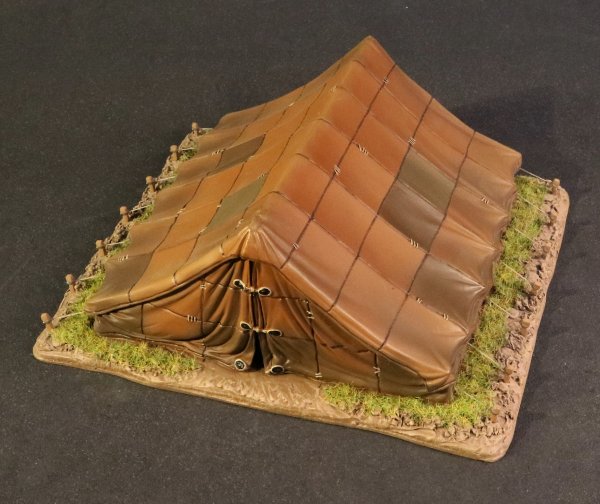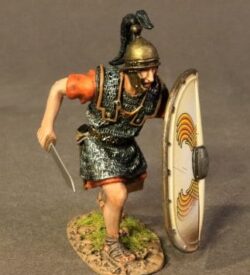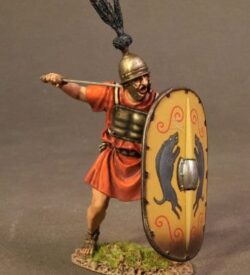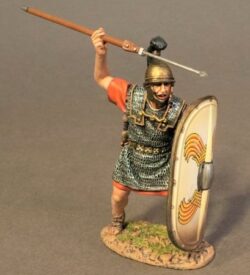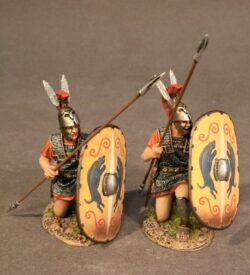RRCAMP-03B Roman Tent, Roman Marching Camp
$78.00
Description
Dimensions of Tent Base and height: 5 ½” x 4 ¾” x 2 ¼”
Roman Marching camps were used to protect an army while away from a permanent base during a campaign or when conducting other military operations. These camps were constructed by the Romans at the end of a day of marching or conducting other exercises in the field.
At the conclusion of each day’s march, legionary troops on the move were assembled at a site carefully selected at the day’s start. For the next three hours or more, they were put to work digging a perimeter ditch, erecting a rampart, and assembling a palisade with prefabricated materials. Polybius wrote that the standard Republican-era design was in the shape of a square, but always had to conform to the lay of the land and the numbers of men and animals to be quartered in the camp.
Vegetius wrote that the camps should be constructed taking into account the configuration of the ground. He warned that a secure marching-camp must be placed near a source of plentiful water, wood, and forage and not be overlooked by higher ground.
The outline of the camp was usually marked by a ditch, with the resulting spoil used to make a rampart thrown up on the camp’s inner edge. This was then reinforced with earthen sod and strengthened by stakes carried by the troops.

